I'm facing some problems with a SwiftUI NavigationStack and the "Back"-button that appears automatically in the upper left corner of the screen.
Even in a very simple application the Localization of this string only works if a Localizable.strings file for this language exists. All other "Apple generated strings", for example the buttons of access confirmation dialogs (GPS, Notifications, ...) are translated automatically after switching the language in the iOS device. And more interesting, there is no need for a Localization-entry for "Back", the translation is done automatically. Also, no translations is possible.
Are there some hints to handle this behavior?
